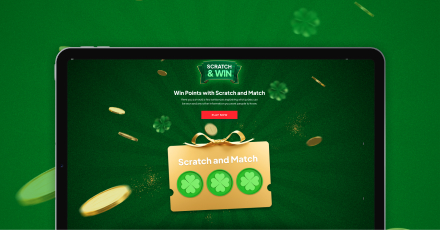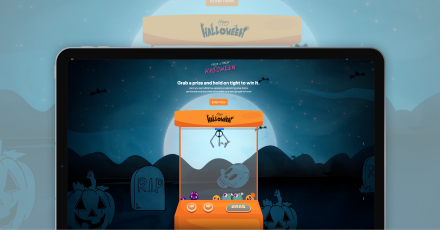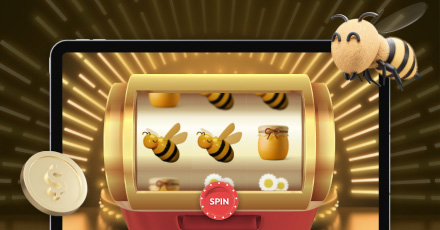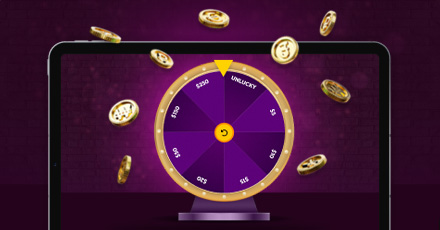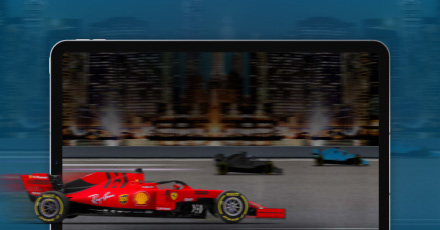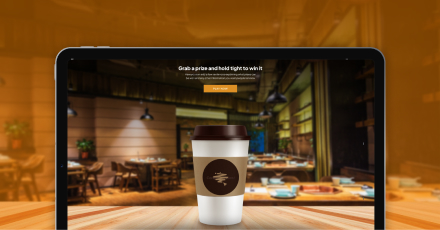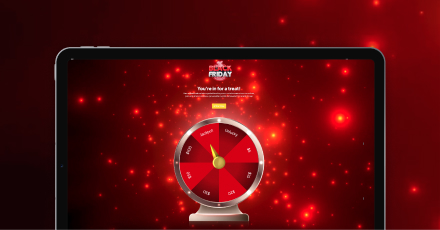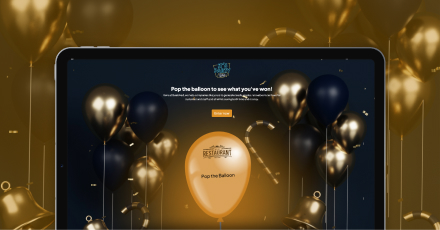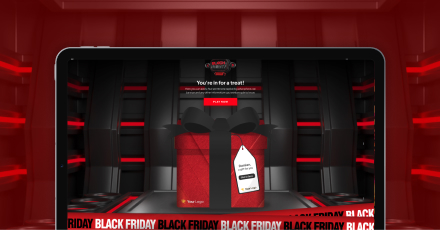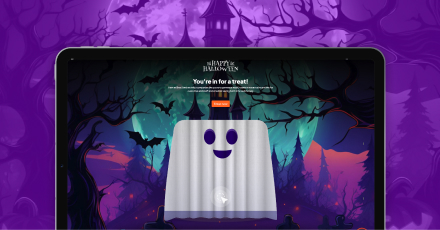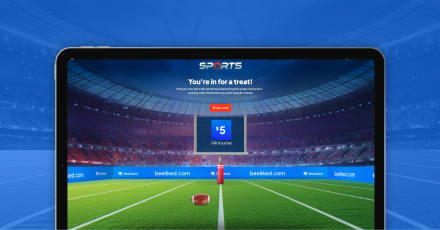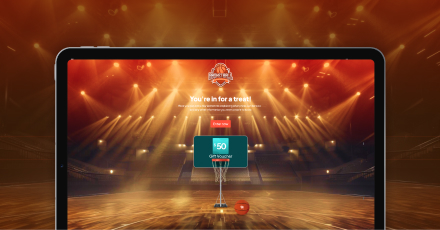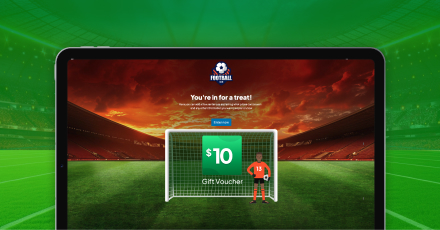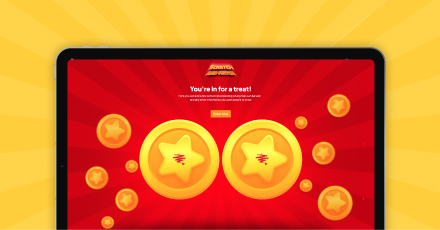There’s no shortage of marketing channels today. Social media, email, search, video platforms, and in-store signage. The list keeps growing. However, while the tools have evolved, the basic challenge remains the same: how do you get people to pay attention? This challenge is central to what we now call the attention economy. In the modern marketing landscape, attention isn’t merely a byproduct of advertising – it is the most important asset brands can earn. And in a space that is more crowded and competitive than ever, marketers are under increasing pressure to do more than appear in front of their audience. They need to engage them meaningfully and quickly. Interactive promotions are one way marketers are meeting that challenge, but to understand why they are so effective, it helps to start with the bigger picture.
What is the Attention Economy?
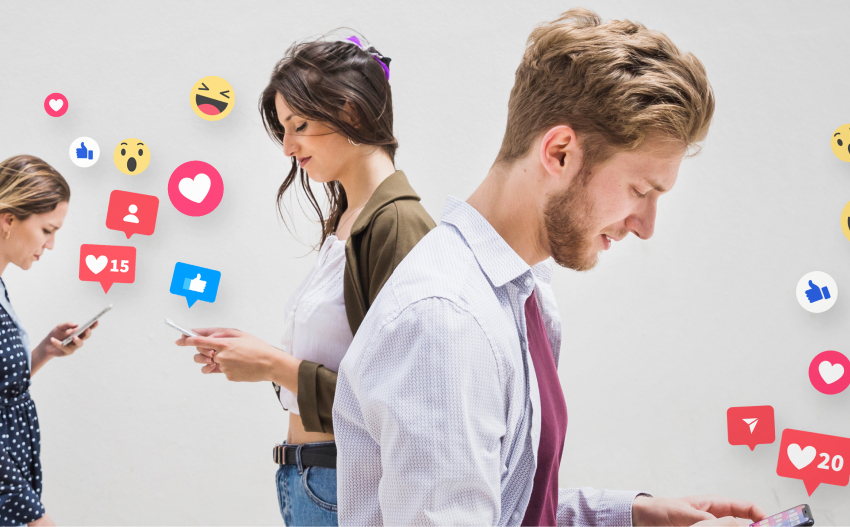
The attention economy is a concept that describes how human attention has become a limited and valuable resource. With the explosion of digital content and the constant presence of screens in daily life, people are exposed to more information than they can reasonably process. As a result, attention has become something to be earned rather than assumed.
The term was first introduced by economist and psychologist Herbert A. Simon, who noted that “a wealth of information creates a poverty of attention.” His insight, made well before the rise of social media, anticipated the current digital landscape where countless apps, ads, notifications, and platforms compete for a sliver of user focus.
Why the Attention Economy Matters to Marketers
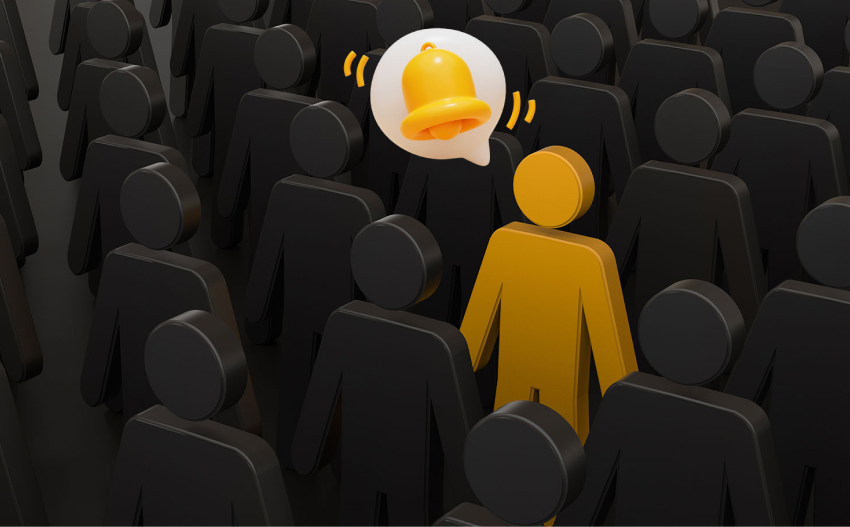
In practical terms, the attention economy means that grabbing and holding someone’s attention is one of the most difficult and most critical challenges facing marketers. It has also changed the way we measure success. It is no longer sufficient to count views or impressions; the real question is: did the audience actually pay attention?
In the past, brands could rely on mass media to create awareness. A TV commercial, a radio spot, or a print ad had a high chance of being seen or heard simply because there were fewer things competing for the audience’s time. Today, that is no longer the case. Now, people scroll past sponsored content without a second thought. Autoplay videos are muted. Ads are skipped. Even organic content is often consumed passively. This is what marketers are up against.
To add to the complexity, people’s attention spans are getting shorter. A 2015 Microsoft Canada study, widely referenced in marketing, suggested that the average human attention span declined from 12 seconds in 2000 to 8 seconds by 2013. Although the methodology has faced criticism, the underlying point remains: digital distractions have made it increasingly difficult to hold audience attention. This creates a problem for campaigns that are built on traditional ad models. Static visuals, catchy slogans, and passive messages do not always break through the noise. When every scroll or swipe takes the viewer further away, the need for active engagement becomes more pressing.
The brands that succeed in the attention economy are the ones that find creative ways to engage customers directly. They think beyond views and impressions, focusing instead on interactions, experience, and memory. This is where interactive promotions prove their value.
From Impressions to Interactions
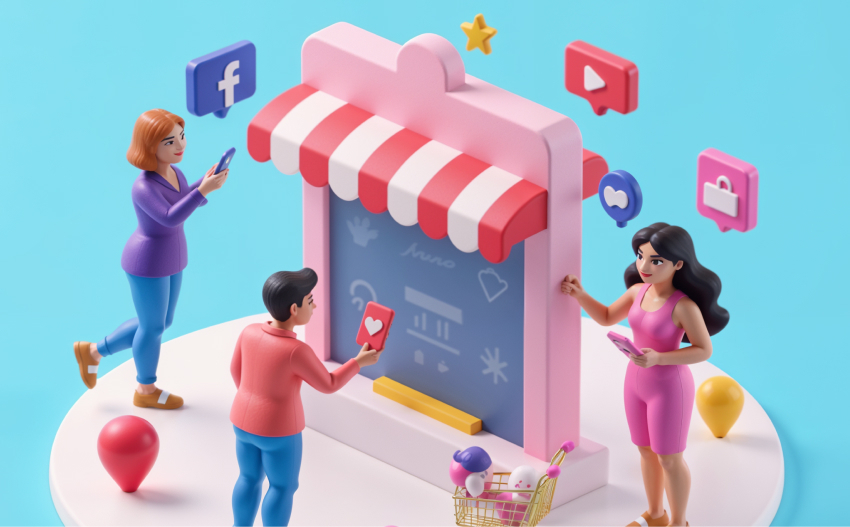
Interactive promotions shift the customer role from observer to participant. Instead of watching a brand message passively, the user becomes part of the experience. Whether that is opening a digital envelope or playing a branded mini-game, the interaction is the hook. This change in dynamics has significant advantages:
- Longer engagement time: More time spent means more brand exposure and more opportunities to leave a lasting impression.
- Higher-quality interaction: People who choose to interact are more open to your message than those who feel interrupted by it. Through BeeLiked’s experience with global brands, we have learned that the most effective campaigns are the ones that don’t feel like marketing at all. They feel like play, discovery, or reward. Customers are not being pitched to; they’re being invited in.
- Stronger brand recall: Take gamified experiences, such as Spin the Wheel or Unwrap the Gift, for example. These promotions give users a reason to pause. There is a sense of curiosity, a small thrill of anticipation. That moment of interaction is valuable not merely because of the entertainment it provides, but because it creates emotional memory. People are more likely to remember a brand they had a positive experience with than one they simply saw.
Why Interactive Promotions Are So Effective
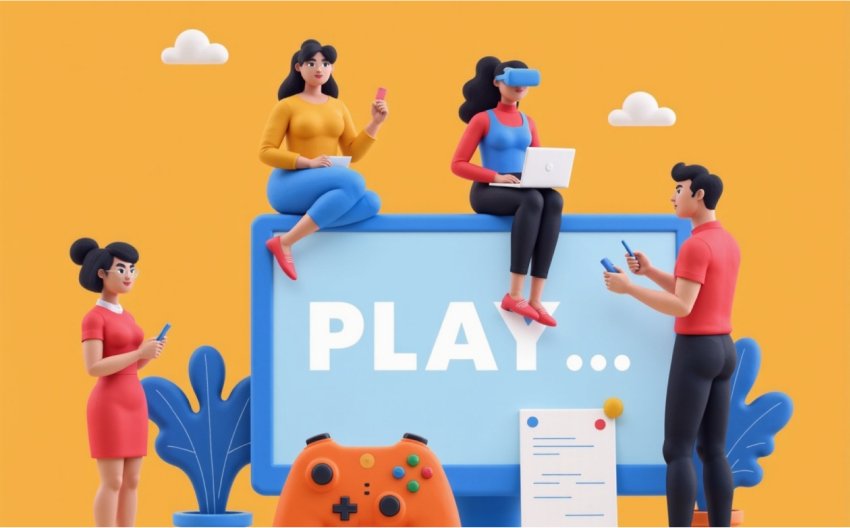
Interactive promotions are successful in the attention economy for a few key reasons:
- Breaking the pattern: When a user is scrolling through a feed or walking past a screen, most content looks the same. A moving image or catchy headline might get a glance, but interactive formats invite action. That alone sets them apart.
- Rewarding attention: A viewer who engages with a promotion usually gets something in return, even if it is something minor. That might be a chance to win, an instant discount, or simply experience a fun moment. This exchange reinforces positive feelings toward the brand and encourages further interaction.
- Generating zero-party data: When a user participates in a game or enters a prize draw, the brand gains access to zero-party data – information the customer willingly provides. This is especially valuable in a privacy-conscious world where third-party tracking is on the decline. Marketers can use that data to build more relevant experiences in the future, strengthening customer relationships over time.
- Scaling across channels: Whether integrated into an email campaign, a retail display, a social post, or a landing page, they adapt easily and can be customized to suit the context. That makes them ideal for multi-channel marketing strategies that aim to meet customers where they are and hold their attention when they get there.
- Building brand affinity: Interactive promotions create a sense of connection. They feel less like marketing and more like an experience – something memorable, enjoyable, and worth returning to.
Attention, Engagement, and Loyalty
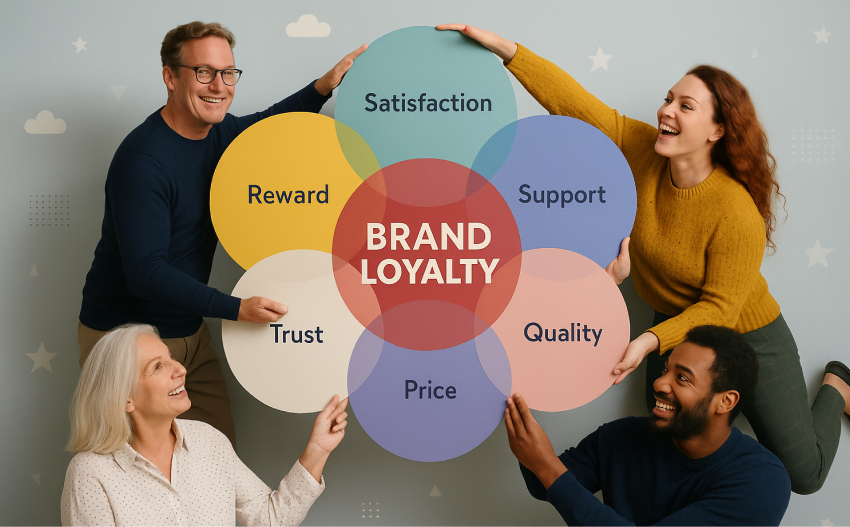
At its core, the attention economy challenges marketers to think differently. It asks brands to respect the time and focus of their audiences by creating experiences that are worth engaging with. The good news is that attention, when earned, builds trust. Trust opens the door to loyalty.
Brands that consistently offer high-quality, interactive experiences, rather than one-directional messaging, position themselves as more human, more responsive, and more in tune with their audience’s needs. Over time, this can drive both engagement and retention.
That is an important distinction. In the past, campaigns were often designed for one-time wins: clicks, impressions, sign-ups. In the attention economy, repeat attention is far more valuable than a spike in traffic. Interactive promotions are one of the few marketing tactics that support both short-term excitement and long-term relationship building.
Final Thoughts
As digital spaces become more crowded and as consumers become more selective about where they spend their time, marketers have to find better ways to earn attention. Interactive promotions are among the most effective tools for encouraging audience participation in a world full of distractions. Brands can turn this action into something more meaningful: a memory, a connection, and a reason for their customers to return.
In the attention economy, every second counts. If your goal is to create lasting engagement, interactive promotions are where that begins. Discover how BeeLiked’s interactive promotions help brands turn curiosity into connection.
